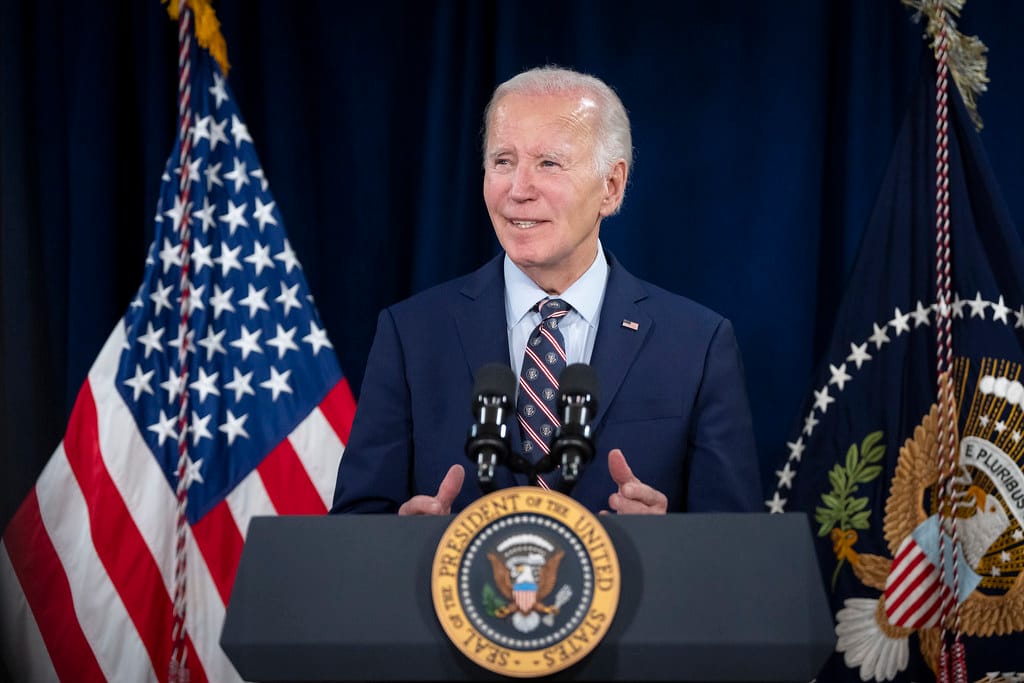While the kind of provocation that Russia has been warning about in recent days has yet to appear, the shelling of the plant and the adjacent city of Energodar by Ukrainian artillery continues. Vladimir Rogov, a member of the main council of the civil-military administration of the Zaporozhye Region, told Rossiya 1 TV today that shelling could be heard from the outskirts of the city.
Lieutenant General Igor Kirillov, Chief of Russia’s Nuclear, Biological and Chemical Protection Troops, said in a briefing yesterday that “the Ukrainian side, together with their US handlers, are trying to play the card by causing what they believe would be a minor accident at the nuclear power plant, thus disrupting the normal and safe operation of the plant, blaming it on Russia.” He said that the Defense Ministry is ready to provide the IAEA with real high-resolution images “which shows that we do not place weapons, much less heavy ones, on the territory of this station.” Indeed, there are no such images showing heavy weapons at the plant because if there were, those images would be all over the Western news media, a fact which Kirloov pointed to. “We know that with a large number of military and commercial foreign satellites, the same information can be presented to the global public by the US side,” he said. “At the same time, the US is keeping silent on objective data about the shelling and the situation at the nuclear power plant, thereby encouraging impunity for the Kiev regime and contributing to a possible nuclear catastrophe in Europe.”
As for the threat to the plant, Kirillov indicated that a direct attack on the reactors is unlikely. “However, it cannot be ruled out that a direct hit by large-caliber artillery shells into a dry storage facility for spent nuclear fuel would result in radioactive contamination of the area within a radius of up to 20 km, and an emergency situation at a nuclear reactor within 30 km at most.” In this scenario, the risk of radiation spreading to Europe is minimal, he said.
Kirillov noted that in both the Chernobyl and Fukushima disasters, it was the failure of support systems, disruption of power supply, and the partial and complete blackout of cooling systems which led to overheating of the nuclear fuel and destruction of the reactor. “According to our experts, a similar situation may arise at Zaporozhye NPP because of AFU’s actions,” he said. “For example, in case of failure of backup diesel generators and mobile pumps, in an emergency situation the core will overheat and consequently destroy the reactor facilities at Europe’s largest nuclear power plant, releasing radioactive substances into the atmosphere and spreading them hundreds of kilometers away.
Kirillov repeated the Russian warnings about a provocation at the plant to destroy the integrity of the nuclear waste storage facility and put the NPP reactor into an abnormal operating state. “All this, according to their intention, should be a consequence of military action by the Russian Armed Forces on the territory of the nuclear plant, and incompetence of the Russian specialists involved in the operation of the nuclear facility,” he said.
“This “spectacle” will be accompanied by public warnings about rising radiation levels and other “special effects.” The staging is being carried out in order to influence the UN Secretary-General and the international community to cover up decisions favorable to Kiev,” Kirillov continued. “The ultimate goal of the provocation is to create an exclusion zone of up to 30 km, to bring international forces and foreign observers to ZNPP territory, and to accuse the Russian Armed Forces of nuclear terrorism.”




